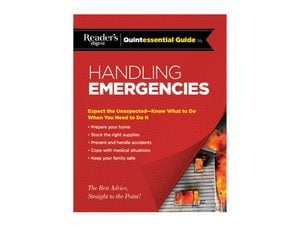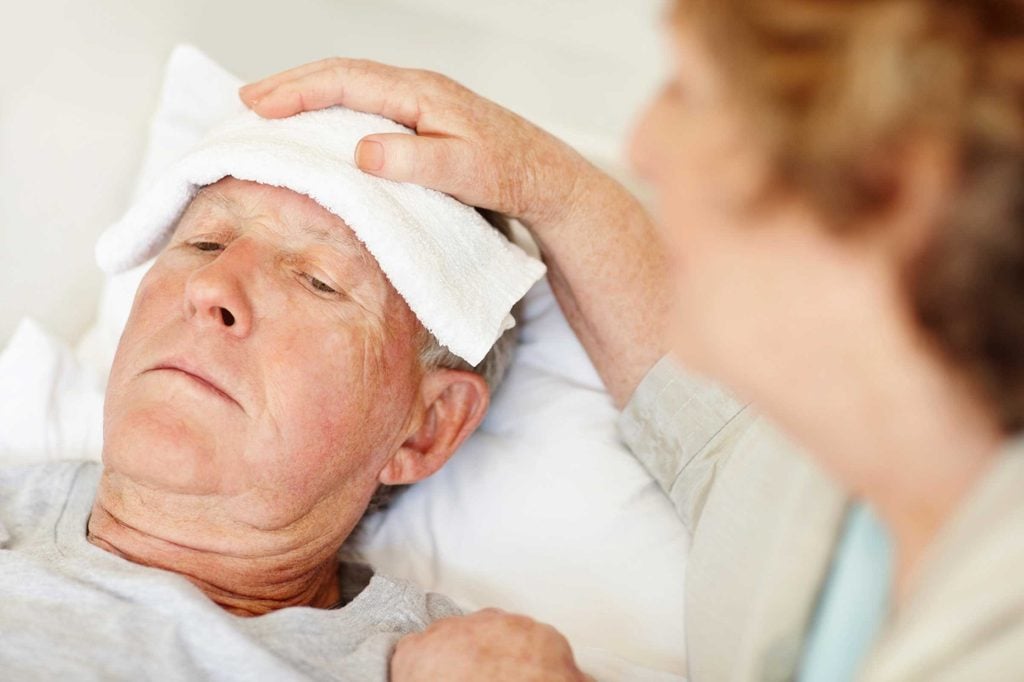Diabetic Emergencies: Warning Signs and Steps to Save Someone’s Life
Updated: Apr. 01, 2021
If someone develops hypoglycemia or hyperglycemia because of diabetes, here’s what to do to help them recover safely.
A diabetic can develop hyperglycemia (raised blood sugar) or hypoglycemia (low blood sugar). Giving sugar will be lifesaving if blood sugar is low, and is unlikely to do harm if sugar levels are raised. Diabetics usually know how to control their condition, but even people who’ve had diabetes for years or decades may be susceptible to an attack.
Low Blood Sugar (Hypoglycemia) Symptoms:
This can occur if the blood sugar-insulin balance is incorrect. A person with diabetes often recognizes the warning signs:
- Feels shaky and weak
- Skin is pale and feels cold and clammy
- Confused, irritable, and behaving irrationally
- Rapid, but full and pounding pulse; patient may tell you that his heart is pounding
- Patient will quickly lose consciousness if he is not given some sugar
If you know a patient has diabetes and he fails to respond to sugar or his condition begins to worsen, call for medical help immediately. A person recently diagnosed with diabetes is more susceptible to a “hypo” attack, especially while he is becoming used to balancing his sugar-insulin levels.
What to Do for Hypoglycemia
1. Sit patient down. Reassure him and help him to sit down on a chair or on the floor if he is feeling faint.
2. Give sugar. If the patient is fully conscious and alert, give him a sugary drink, such as fruit juice, or some glucose tablets. People with diabetes often carry a dose of glucose concentrate or have some sugary food on hand as a precaution.
3. Check response. If the patient improves quickly after eating or drinking something, follow this with some slower-release carbohydrate food, such as a cereal bar, a sandwich, a piece of fruit, biscuits and milk, or the next meal if the timing is right.
4. Find medication. Help the patient find his glucose testing kit and medication and let him check his glucose levels and take his insulin if required. Stay with him until he recovers completely. It is important to seek medical advice if you’re at all concerned about the patient.
Raised Blood Sugar (Hyperglycemia) Symptoms:
This is more likely to develop over several days or even weeks. Symptoms may include:
- Extreme thirst
- Frequent urination, especially at night
- Weight loss
- Itchy skin
- Wounds that heal more slowly than usual
- In the later stages, the patient will become very drowsy, which will lead to unconsciousness. This is an emergency.
What to Do for Hyperglycemia
1. Call emergency help. If a patient collapses and you suspect hyperglycemia, open the airway and check breathing. Calk for emergency help.
2. Monitor patient. If he is breathing, place him on his side. In this position, his airway is open, fluid and/or vomit can drain, and he cannot roll forward. Check and note his level of consciousness, breathing, and pulse.
3. Recheck patient. Continue to recheck the patient regularly while you are waiting for medical help to arrive.
 Get more information about handling health emergencies and natural disasters in the new book Reader’s Digest Quintessential Guide to Handling Emergencies. You’ll get must-know tips and tactics for preparing your home, stocking the right supplies, preventing and handling accidents, coping with medical situations, and keeping your family safe. Learn more and buy the book here.
Get more information about handling health emergencies and natural disasters in the new book Reader’s Digest Quintessential Guide to Handling Emergencies. You’ll get must-know tips and tactics for preparing your home, stocking the right supplies, preventing and handling accidents, coping with medical situations, and keeping your family safe. Learn more and buy the book here.
